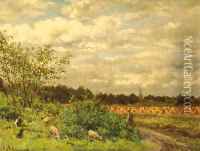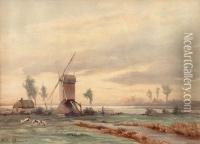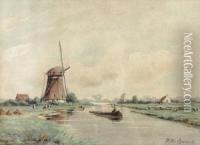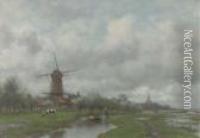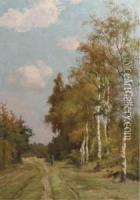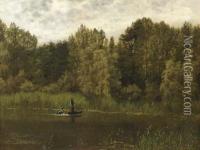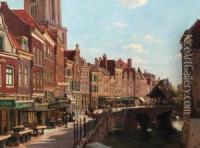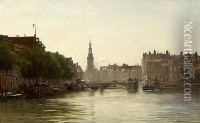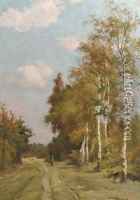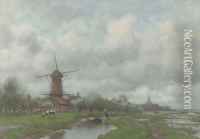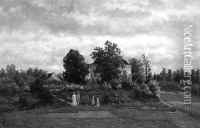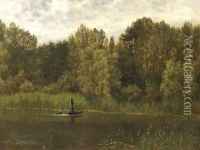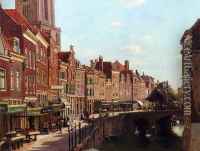Willem Johannes Oppenoorth Paintings
Willem Johannes Oppenoorth was a Dutch artist known for his painting and graphic work. Born on July 23, 1895, in Rotterdam, Netherlands, Oppenoorth developed an early interest in the arts. He studied at the Academy of Fine Arts in Rotterdam and later continued his studies in Brussels and Paris, which were significant art centers in Europe at the time.
Oppenoorth's style evolved over the years, reflecting the influence of various art movements, such as Impressionism and later, Expressionism. His work often depicted landscapes, city scenes, and still lifes, characterized by a bold use of color and dynamic brushwork. He had a particular interest in capturing the interplay of light and shadow, which gave his paintings a vibrant, almost shimmering quality.
Throughout his career, Oppenoorth exhibited his work widely. He participated in numerous exhibitions in the Netherlands and also gained recognition abroad. During the 1920s and 1930s, he was part of a group of artists known as the 'Rotterdamse Tien' (The Rotterdam Ten), which included other notable Dutch artists of the time. This group aimed to innovate and challenge the traditional art forms by embracing modernist tendencies.
Despite facing the challenges of World War II, during which the Netherlands was occupied, Oppenoorth continued to work and evolve his artistic style. After the war, his work started to gain even more attention, and he became an influential figure in the Dutch art scene.
Oppenoorth taught at the Academy of Fine Arts in Rotterdam, where he had once been a student, sharing his knowledge and experience with younger generations of artists. His teaching career was an integral part of his life, and he was highly respected as an educator.
Willem Johannes Oppenoorth passed away on September 25, 1967. His legacy is preserved through his artworks, which are part of various Dutch museum collections, including the Museum Boijmans Van Beuningen in Rotterdam. His contributions to Dutch art, particularly in the first half of the 20th century, are still recognized and celebrated today.
